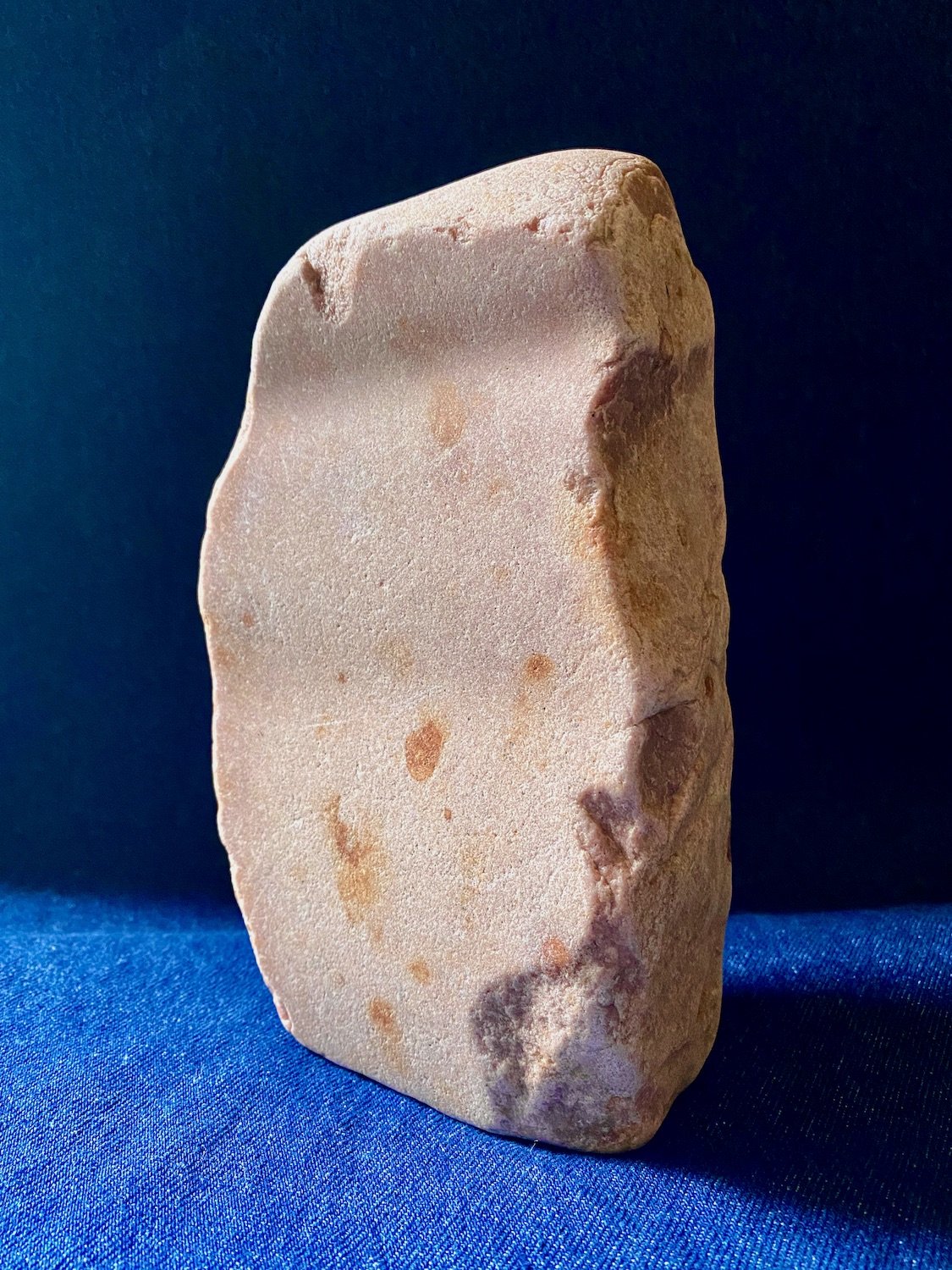 Image 1 of 6
Image 1 of 6

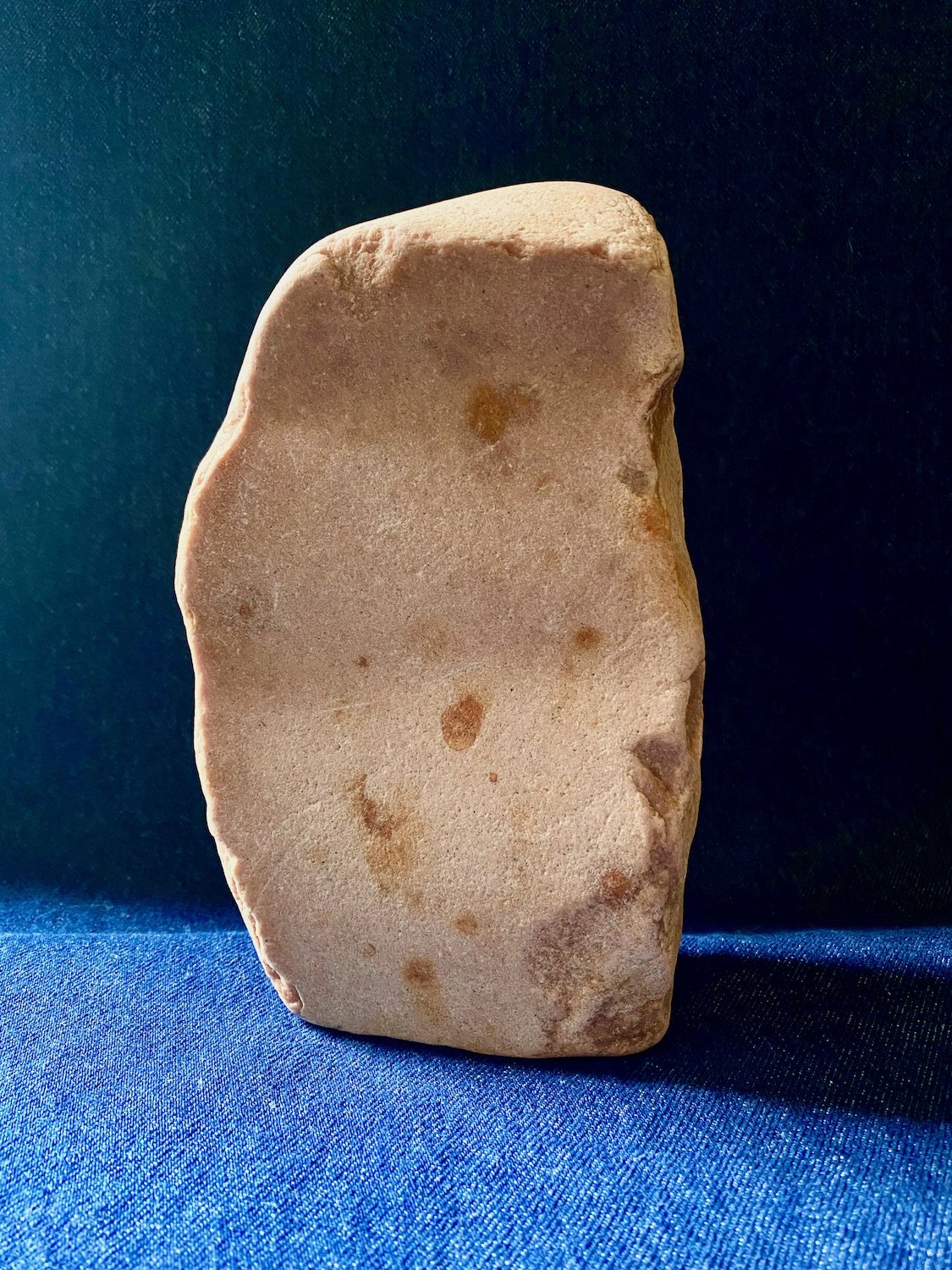 Image 2 of 6
Image 2 of 6

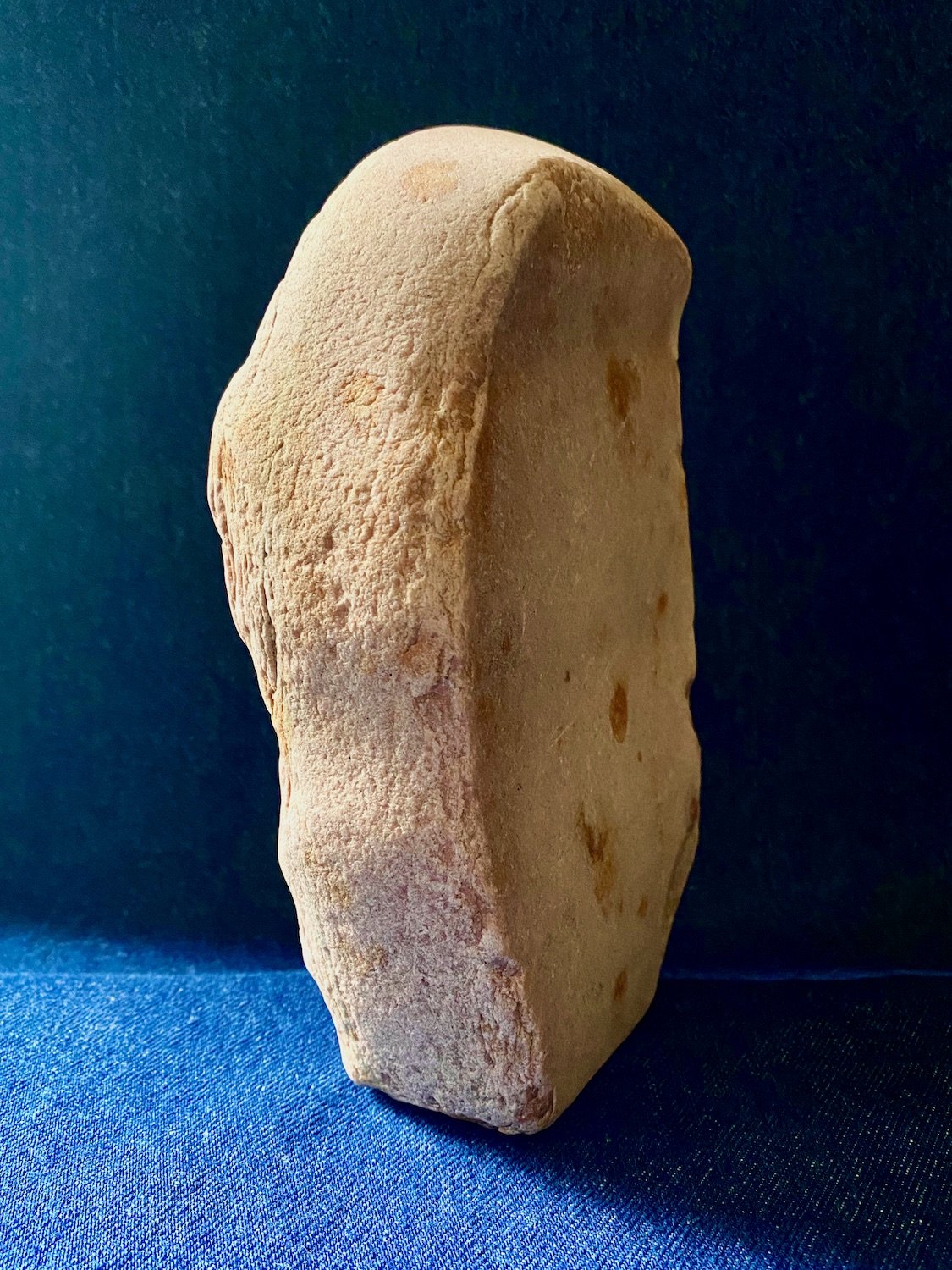 Image 3 of 6
Image 3 of 6

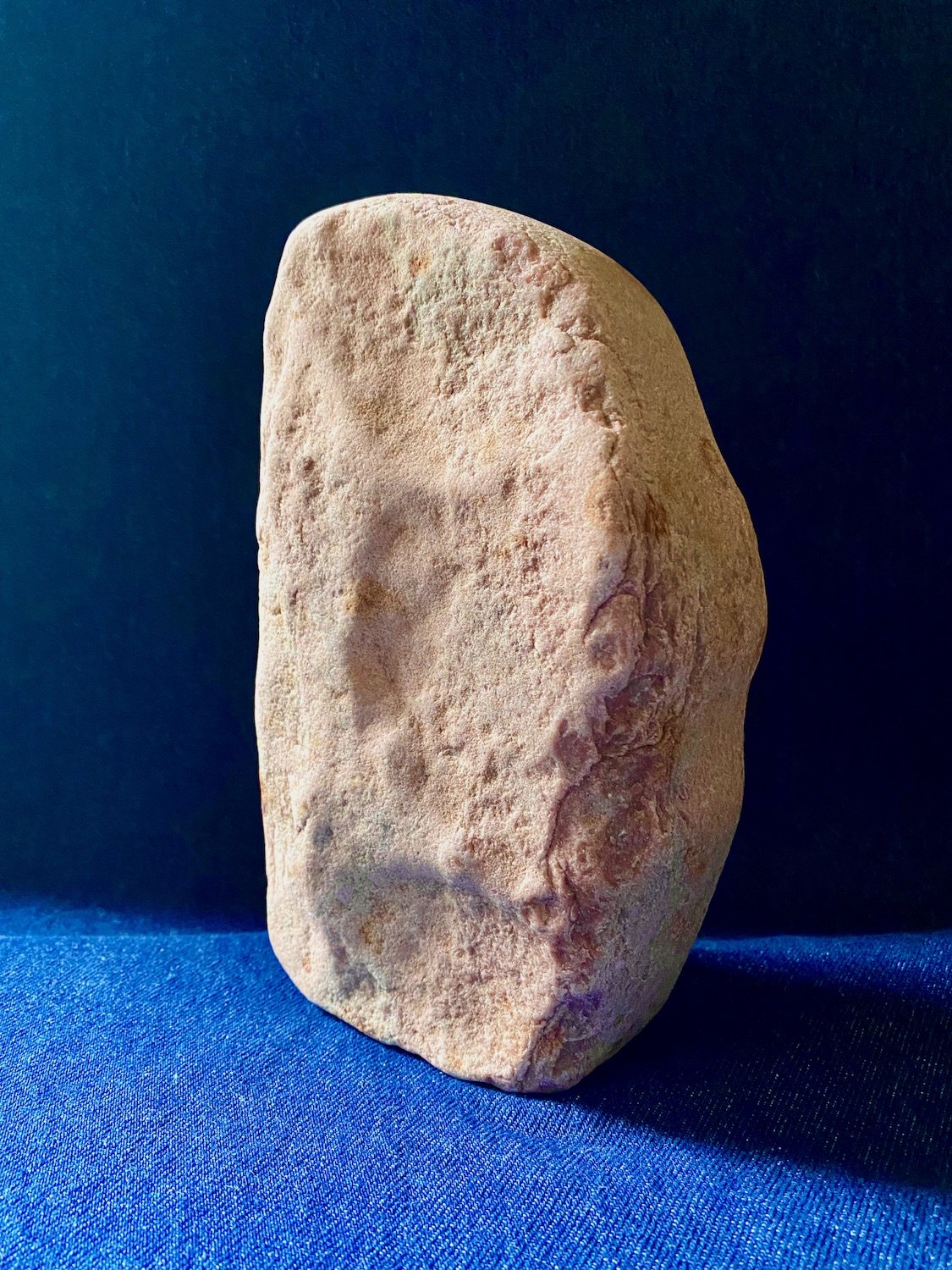 Image 4 of 6
Image 4 of 6

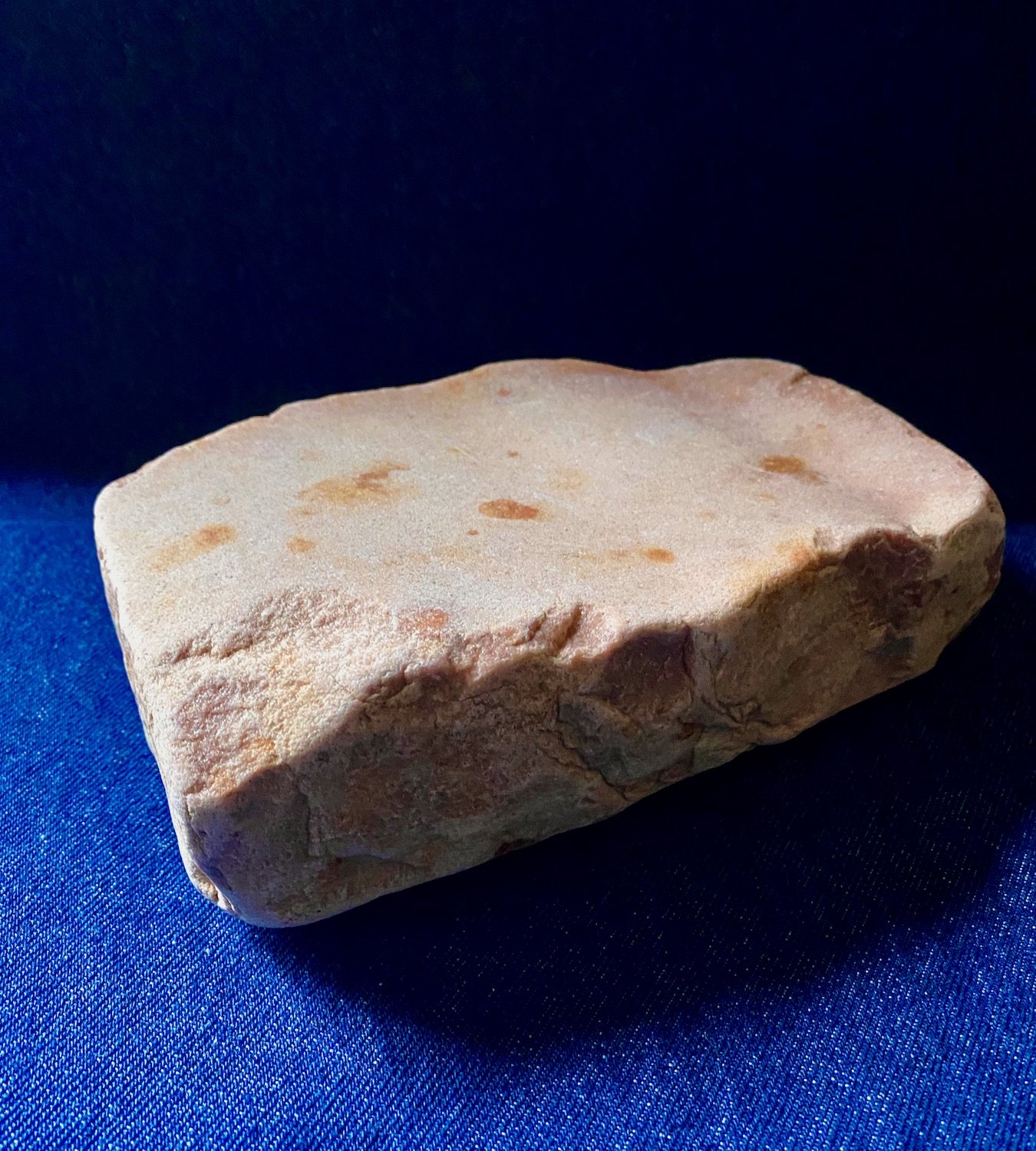 Image 5 of 6
Image 5 of 6

 Image 6 of 6
Image 6 of 6







Handsome Quartzite Sett
The art of breaking stone into useful forms is intrinsic to who we are as humans. “Knapping” is our oldest technology, dating back over 3 million years (fire was tamed only about half a million years ago). And yet, it is almost totally forgotten. One of the last forms of knapping to survive was the making of “setts” to pave city streets (setts are often incorrectly referred to as“cobblestones,” the term for round, natural paving stones). These rectangular pavers take a very ergonomic form: deep and long enough to be stable as a pavement, and yet not so large that a knapper couldn’t hold one in one hand, and chip it with the other. Setts were made out of whatever durable stone was locally available. In New York it was usually basalt (“trap rock”), in New England, granite. This unusually beautiful example is crafted out of pink quartzite, from somewhere in the Pacific Northwest. Notice that the upper surface is worn smooth, from years of equine traffic. An artifact and a viewing stone both!
3.5” x 4.25” x 9” 9.7 lbs
The art of breaking stone into useful forms is intrinsic to who we are as humans. “Knapping” is our oldest technology, dating back over 3 million years (fire was tamed only about half a million years ago). And yet, it is almost totally forgotten. One of the last forms of knapping to survive was the making of “setts” to pave city streets (setts are often incorrectly referred to as“cobblestones,” the term for round, natural paving stones). These rectangular pavers take a very ergonomic form: deep and long enough to be stable as a pavement, and yet not so large that a knapper couldn’t hold one in one hand, and chip it with the other. Setts were made out of whatever durable stone was locally available. In New York it was usually basalt (“trap rock”), in New England, granite. This unusually beautiful example is crafted out of pink quartzite, from somewhere in the Pacific Northwest. Notice that the upper surface is worn smooth, from years of equine traffic. An artifact and a viewing stone both!
3.5” x 4.25” x 9” 9.7 lbs